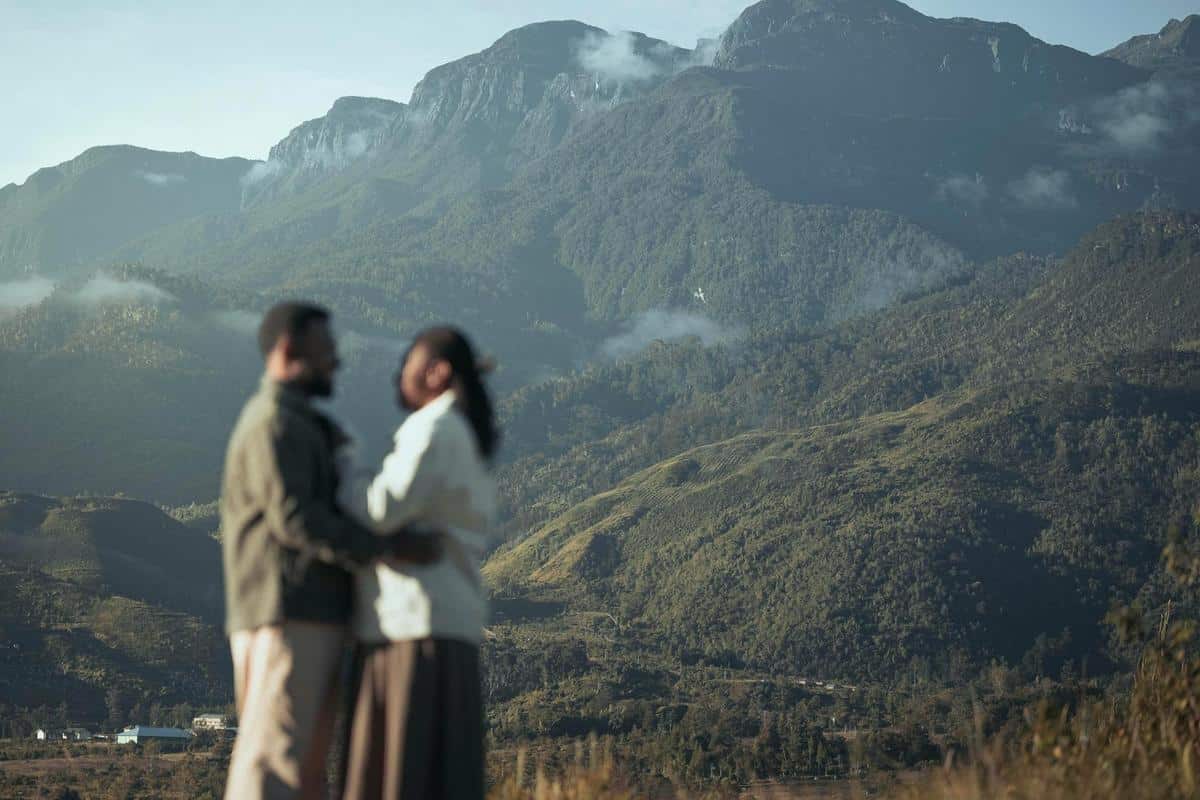
Mastering Low Light Photography: Tips and Tricks
Capturing stunning images in low light can be a challenging yet rewarding experience for photographers, allowing for the creation of dramatic and mood-filled compositions.
Low light photography often intimidates many budding photographers, but with the right techniques and mindset, it can open up a world of creative possibilities. To delve into the art of photographing in dim conditions, we spoke with renowned photographer Alex Manning, who emphasizes, “Understanding your camera’s capabilities and experimenting with settings is key to mastering low light situations.”
Understanding the Basics
Before diving into tips and tricks, it’s essential to understand the fundamentals of low light photography. The camera’s ISO, aperture, and shutter speed are crucial components that work together to capture light. Each setting affects the image differently: increasing ISO boosts sensitivity to light but can add noise, a wide aperture lets in more light, and a slower shutter speed allows more time for light to hit the sensor.
Statistics and Insights
According to a recent survey by the Photography Guild, 68% of photographers find low light conditions challenging due to the increased risk of blur and noise. However, 75% of those who practice regularly report improved skills and satisfaction with their results.
Techniques for Success
- Stabilize Your Camera: Using a tripod can significantly reduce camera shake, resulting in clearer images.
- Use Manual Mode: Take control of your settings to adapt to various lighting conditions.
- Experiment with ISO: Don’t be afraid to increase ISO, but be mindful of noise.
- Open the Aperture: A wider aperture (e.g., f/2.8) lets in more light, helping in darker settings.
- Slow Down the Shutter: A slower shutter speed can capture more light, but ensure the camera is steady to avoid blur.
- Leverage Natural Light: Look for available light sources, such as streetlights or the moon, to add depth and interest.
Pro Tip: Consider using a remote shutter release to further minimize camera shake when shooting with a slow shutter speed.
Gear Considerations
Investing in the right gear can make a significant difference. Fast lenses (with wide apertures) and cameras with excellent low-light performance are ideal. A comparison of popular camera models can help in choosing the right equipment:
| Model | ISO Range | Aperture | Low Light Performance |
|---|---|---|---|
| Camera A | 100-25600 | f/1.8 | Exceptional |
| Camera B | 100-12800 | f/2.8 | Outstanding |
| Camera C | 100-6400 | f/4 | Highly rated |
| Camera D | 200-12800 | f/2 | Well-regarded |
| Camera E | 100-51200 | f/1.4 | Renowned |
| Camera F | 100-25600 | f/2 | Top-rated |
| Camera G | 200-6400 | f/2.8 | Outstanding |
| Camera H | 100-12800 | f/1.8 | Among the best |
Personal Experience
On a recent trip to the city, I found myself captivated by the interplay of streetlights and shadows. Adjusting my camera to a higher ISO and wider aperture, I captured a series of atmospheric images that truly embodied the essence of the night. Such experiences highlight the importance of practice and experimentation.
FAQs
How can I reduce noise in low light photos?
Reducing noise can be achieved by shooting at the lowest possible ISO and using noise reduction software during post-processing.
Is it better to use a flash in low light conditions?
While a flash can be useful, it often flattens the image. Experiment with natural light and slower shutter speeds for a more dynamic result.
Conclusion
Mastering low light photography requires patience and practice, but the rewards are well worth the effort. By understanding your camera’s settings and experimenting with various techniques, you can transform challenging conditions into opportunities for creative expression. So, grab your camera, head out into the night, and let your imagination guide you. For further reading and resources, consider visiting photography forums and online tutorials to continue honing your skills.

